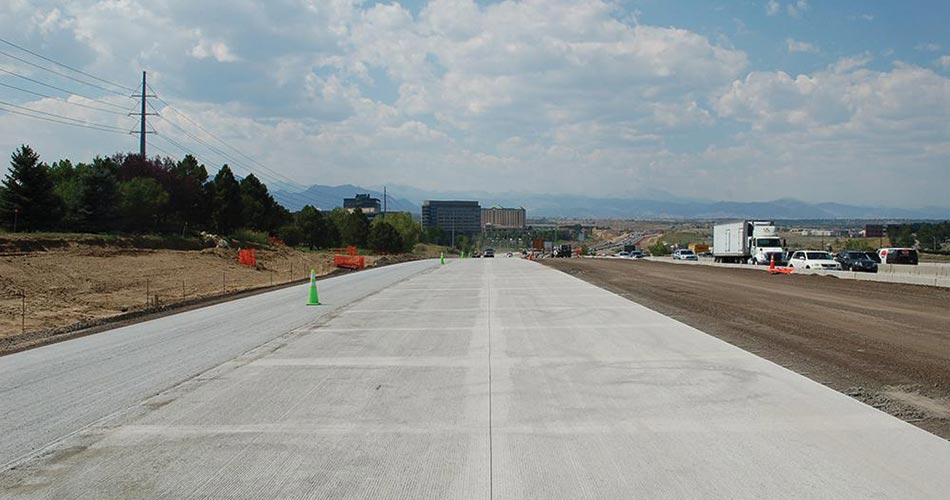Pavements are an essential aspect of modern transportation infrastructure. They provide a smooth and safe surface for vehicles, cyclists, and pedestrians to travel on. There are two main types of pavements: flexible and rigid pavements. Each type has its advantages and disadvantages and is used in specific situations.
Flexible pavements:
Flexible pavements are made of asphalt concrete and are typically used for low-volume roads, such as residential streets and rural roads. Asphalt concrete is composed of a mixture of aggregate (crushed stone, gravel, and sand), asphalt binder, and sometimes additives. The asphalt binder helps to hold the aggregate together and provides a smooth, flexible surface.
Flexible pavements are designed to be flexible and can accommodate small movements, such as the settling of the roadbed or the expansion and contraction of the surface due to changes in temperature. This flexibility allows them to absorb the impacts of heavy loads, such as trucks and buses, without cracking. They are also relatively cheap and easy to install, which makes them an attractive option for many communities.
However, flexible pavements are not ideal for high-volume roads, such as freeways and highways, as they can deteriorate more quickly than rigid pavements and are more susceptible to damage from heavy traffic and inclement weather. Additionally, the smooth surface of flexible pavements can cause tires to hydroplane in wet weather, which can be dangerous for drivers.
Rigid pavements
Rigid pavements, on the other hand, are made of concrete and are typically used for high-volume roads, such as freeways and airports. The concrete is poured in large slabs and is reinforced with steel to provide a strong and rigid surface.
Rigid pavements are more durable and longer-lasting than flexible pavements. They can withstand heavy loads and are less susceptible to damage from heavy traffic and inclement weather. They also provide a smoother and safer surface for drivers, reducing the risk of hydroplaning.
However, rigid pavements are more expensive and complex to install, requiring more skilled labor and specialized equipment. They are also more brittle than flexible pavements and are more prone to cracking due to the inability to accommodate small movements.
In conclusion, both flexible and rigid pavements have their advantages and disadvantages and are used in specific situations. Flexible pavements are ideal for low-volume roads and are relatively cheap and easy to install, while rigid pavements are ideal for high-volume roads and are more durable and long-lasting. It is important to carefully consider the type of pavement that is best suited for each particular project, taking into account factors such as traffic volume, roadbed stability, and budget.


Comments
Post a Comment